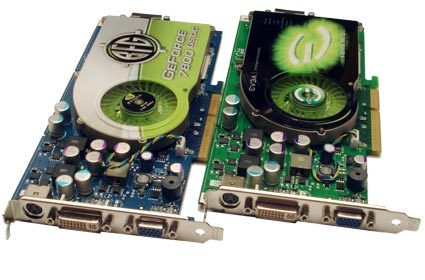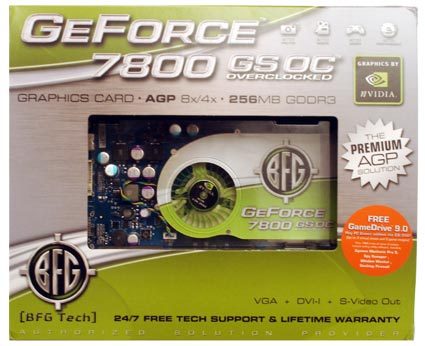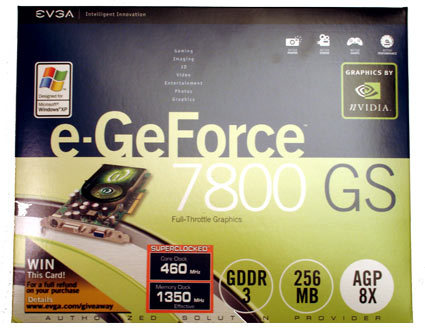Nvidia's GeForce 7800GS Becomes a Better Buy
FPS Is Dead!
Why talk about shader models? The visual features in recent games-and as ATI pointed out, future games-will hinge on the shader model version. New techniques using higher shader model specifications are used to create even more realistic sceneries. When the game detects the card being used and sees an Nvidia GeForce 6 series, 7 series, or an ATI Radeon X1x00, higher code pat options are opened. If it sees an older card such as an ATI Radeon X800 or X850, it will limit the abilities of the game. In our winter VGA charts we demonstrate the effect of limiting the cards. The first effect is the visual quality. Modern games use new techniques to add translucence, transparency, and reflectivity to water. Older cards simply cannot do the same.
This leads to a secondary impact on frame rates. Cards such as the two ATI solutions used in our tests yield higher frame scores in real world SM 3.0 environments. This happens because the cards are doing less work, and therefore are able to push out more frames per second. The only real world application where the cards will be equalized is in Doom 3, which uses OpenGL.
All of the data to follow can be misleading when looking only at how fast the frame rates are-the name of the game is not speed anymore. Both ATI and Nvidia have been shifting their public relations gears to emphasize that the name of the game is now faster minimum frame experience and greater features for better effects.
We want to make clear the fact that we use real games to represent real world results. If this means that the game will render the environment less richly on the ATI AGP hardware than the Nvidia, so be it, because that is what happens in the real world.
Get Tom's Hardware's best news and in-depth reviews, straight to your inbox.
Current page: FPS Is Dead!
Prev Page GeForce 7800GS = Shader Model 3.0 Next Page BFG GeForce 7800GS OC

